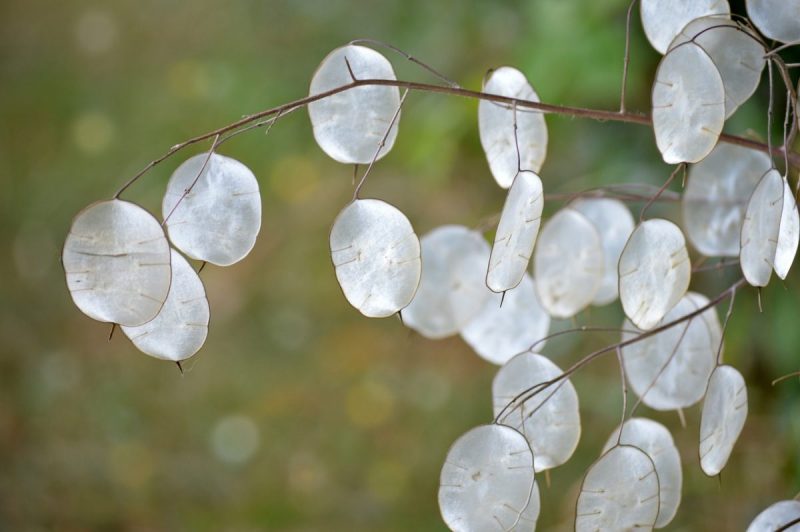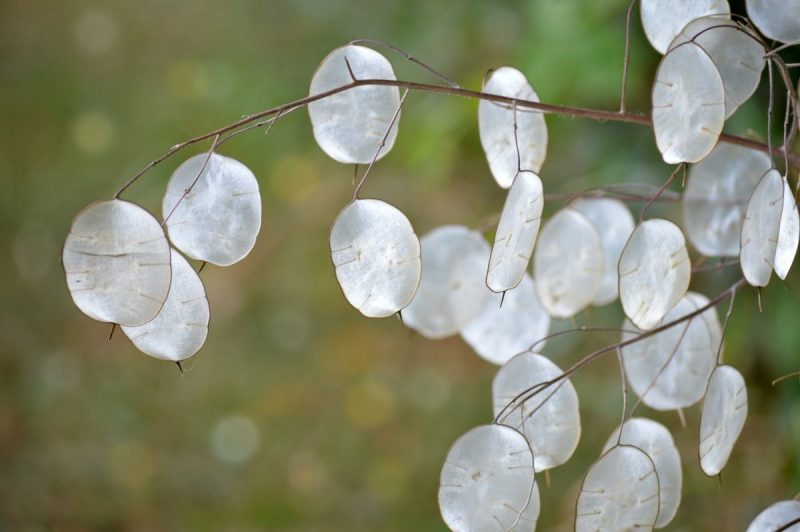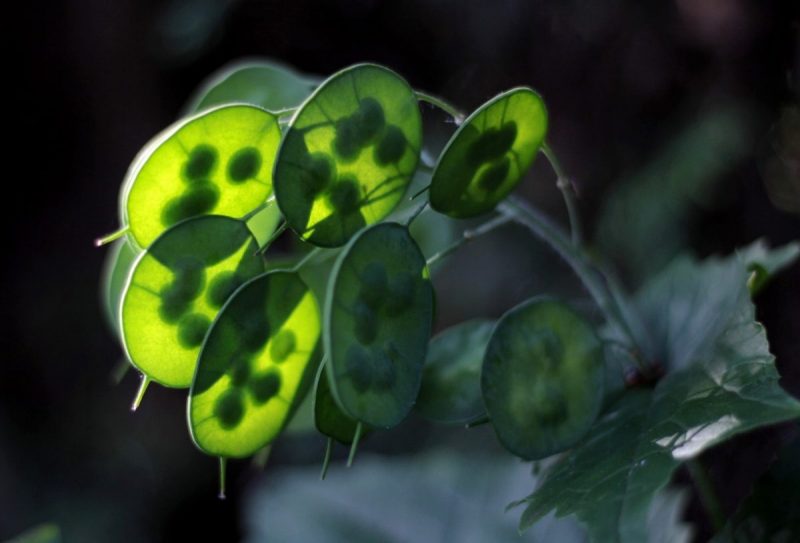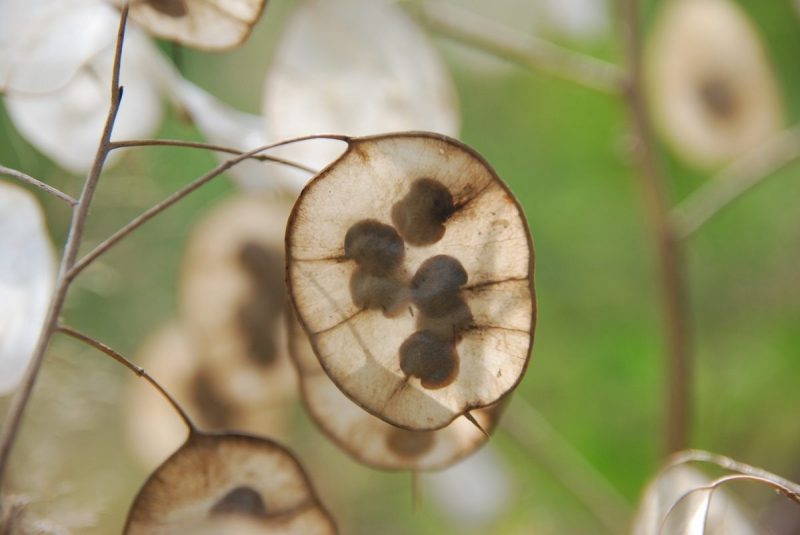Annual honesty, planting guide and care work

Lunaria annua, also popularly called Annual honesty, is a herbaceous, biennial plant that is part of the Brassicaceae family. In the first year, it forms a rosette of leaves, and the purple flowers and pods containing the seeds appear the following year. The pods are called silique and are initially green in color, then the color changes, along with that of the seeds. The decorative element of the plant is represented by the seed pods that dry completely and remain on the plant. These are actually light-white membranes, which do not have a perfectly round shape, but rather are flat and elongated.



Recommended products
-
You can find products on a different store
Change Store -
You can find products on a different store
Change Store -
You can find products on a different store
Change Store -
You can find products on a different store
Change Store -
You can find products on a different store
Change Store -
You can find products on a different store
Change Store -
You can find products on a different store
Change Store -
You can find products on a different store
Change Store -
You can find products on a different store
Change Store -
You can find products on a different store
Change Store -
You can find products on a different store
Change Store -
You can find products on a different store
Change Store -
You can find products on a different store
Change Store -
You can find products on a different store
Change Store -
You can find products on a different store
Change Store -
You can find products on a different store
Change Store -
You can find products on a different store
Change Store -
You can find products on a different store
Change Store -
You can find products on a different store
Change Store -
You can find products on a different store
Change Store -
You can find products on a different store
Change Store -
You can find products on a different store
Change Store -
You can find products on a different store
Change Store -
You can find products on a different store
Change Store
Environmental conditions
Light. Lunaria annua grows and develops both in sunny places and in partially shaded places, but in areas with hot/blistering summers it is recommended for it to benefit from shade in the afternoon. To develop a strong root system and to stimulate an abundant flowering, it is recommended to have 8 hours of light per day.
Temperature. In order to germinate and for an optimal growth and development, it needs temperatures between 16-21 °C.
Soil. It prefers loose, well-drained soils, rich in organic matter, being ideal for the soil to be kept damp (through watering), but without waterlogging.
Care
Watering. During the vegetative growth period, the soil must be kept damp. However, the volume of water required is influenced by the environmental conditions as well as the location of the plants, since those in sunny areas may need more water than those in partially shaded areas.
Fertilizing. To stimulate an abundant flowering, it is recommended to administer fertilizers specific to decorative plants with flowers.
Recommended products
-
You can find products on a different store
Change Store -
You can find products on a different store
Change Store -
You can find products on a different store
Change Store -
You can find products on a different store
Change Store -
You can find products on a different store
Change Store -
You can find products on a different store
Change Store -
You can find products on a different store
Change Store -
You can find products on a different store
Change Store -
You can find products on a different store
Change Store -
You can find products on a different store
Change Store -
You can find products on a different store
Change Store -
You can find products on a different store
Change Store -
You can find products on a different store
Change Store -
You can find products on a different store
Change Store -
You can find products on a different store
Change Store -
You can find products on a different store
Change Store -
You can find products on a different store
Change Store -
You can find products on a different store
Change Store -
You can find products on a different store
Change Store -
You can find products on a different store
Change Store -
You can find products on a different store
Change Store -
You can find products on a different store
Change Store -
You can find products on a different store
Change Store -
You can find products on a different store
Change Store
Propagation. Lunaria annua has a taproot, and, therefore, it is not recommended to be transplanted, the most common method of propagation being by seeds. Thus, the seeds are sown in the garden in the spring, after the danger of late frosts and hoar has passed. As a rule, they germinate in 2 weeks.
Diseases and pests
Lunaria annua can be affected by various leaf spots, and among pests, it is susceptible to the attack of aphids.
Additionally:
- The pods can be used in floral arrangements, and harvesting is done at the end of summer, when the pods are fully grown, before the seeds fall to the ground. The plants are cut from the base and dried in areas with low humidity. Usually, this process takes 2-3 weeks;
- In some areas it can become an invasive species.















































































































































































































































































































































































































































